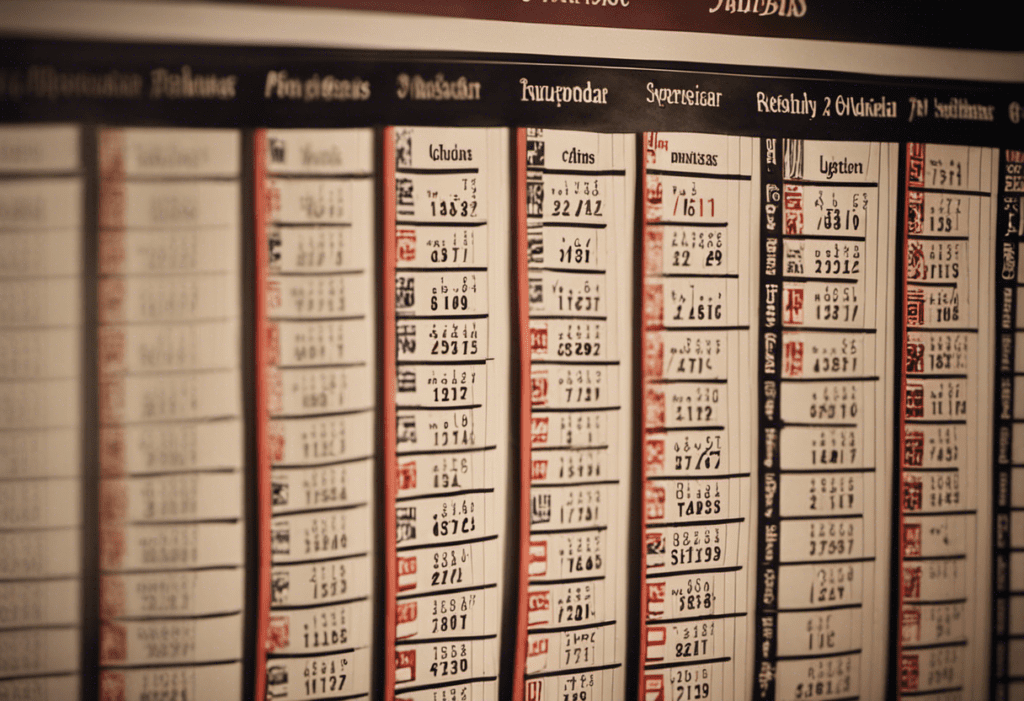In the realm of historical calendars, the Gregorian and French Republican calendars stand as significant markers of time. Their unique structures and systems offer insights into the cultures and societies that utilized them.
However, navigating the conversion between these calendars can be a daunting task. This article aims to provide a comprehensive guide on how to convert dates between the Gregorian and French Republican calendars.
By understanding the differences and employing specific techniques, readers will gain the tools to accurately and efficiently convert dates with precision and scholarly rigor.
Key Takeaways
- The Gregorian calendar was introduced in 1582 to correct the inaccuracies of the Julian calendar, while the French Republican calendar was introduced in 1793 during the French Revolution as a more rational and egalitarian system.
- The Gregorian calendar quickly gained international acceptance and remains the dominant calendar system worldwide, while the French Republican calendar was eventually abandoned.
- Converting Gregorian dates to French Republican dates involves subtracting 1792 from the Gregorian year, adjusting for leap years, using a conversion table, and determining the day by subtracting the number of days in the Gregorian year.
- Converting French Republican dates to Gregorian dates can be complex due to historical accuracy challenges and the absence of leap years in the French Republican calendar. Specific calculation methods and additional research may be required.
Historical Background of the Gregorian and French Republican Calendars
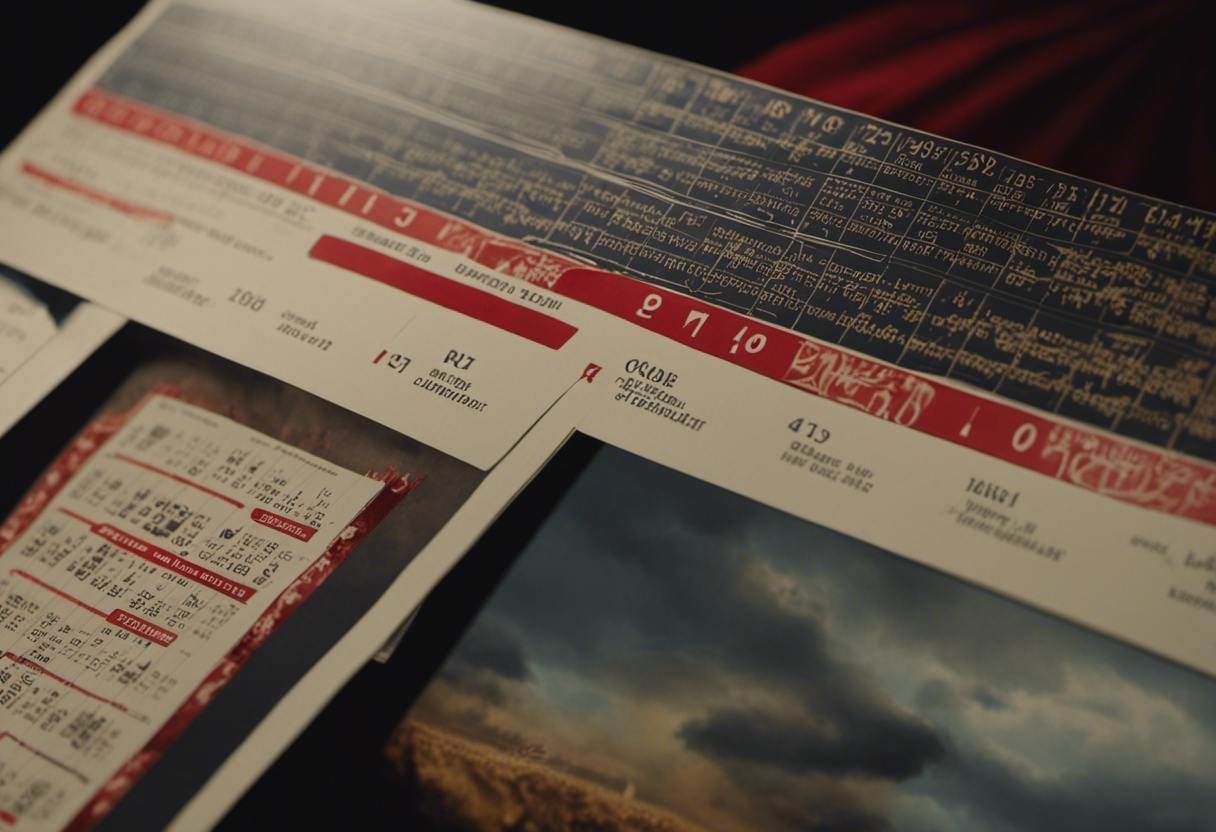

The historical development of the Gregorian and French Republican calendars is intricately intertwined with the socio-political and cultural transformations of their respective time periods. Understanding the origins, significance, and use of the Gregorian calendar in modern times allows us to appreciate its role as the most widely used calendar system in the world. Named after Pope Gregory XIII, the Gregorian calendar was introduced in 1582 to correct the inaccuracies of the Julian calendar. Its adoption by Catholic countries was met with resistance by Protestant nations, but eventually, the Gregorian calendar became the standard for much of the world.
On the other hand, exploring the impact and legacy of the French Republican calendar on French society and culture reveals the radical changes brought about by the French Revolution. In an effort to break with the past and create a new, secular society, the French Revolutionaries introduced a new calendar in 1793. The French Republican calendar aimed to replace the traditional Christian calendar with a more rational and egalitarian system. It divided the year into 12 months, each consisting of three ten-day weeks, and renamed the days to reflect natural phenomena and revolutionary symbols.
Although the French Republican calendar was eventually abandoned, its impact on French society and culture was significant. It challenged traditional religious practices and demonstrated the power of the state to reshape time and space. Today, the Gregorian calendar remains the dominant calendar system worldwide, while the French Republican calendar serves as a reminder of the radical ideals and societal changes of the French Revolution.
Understanding the Differences Between the Gregorian and French Republican Calendars
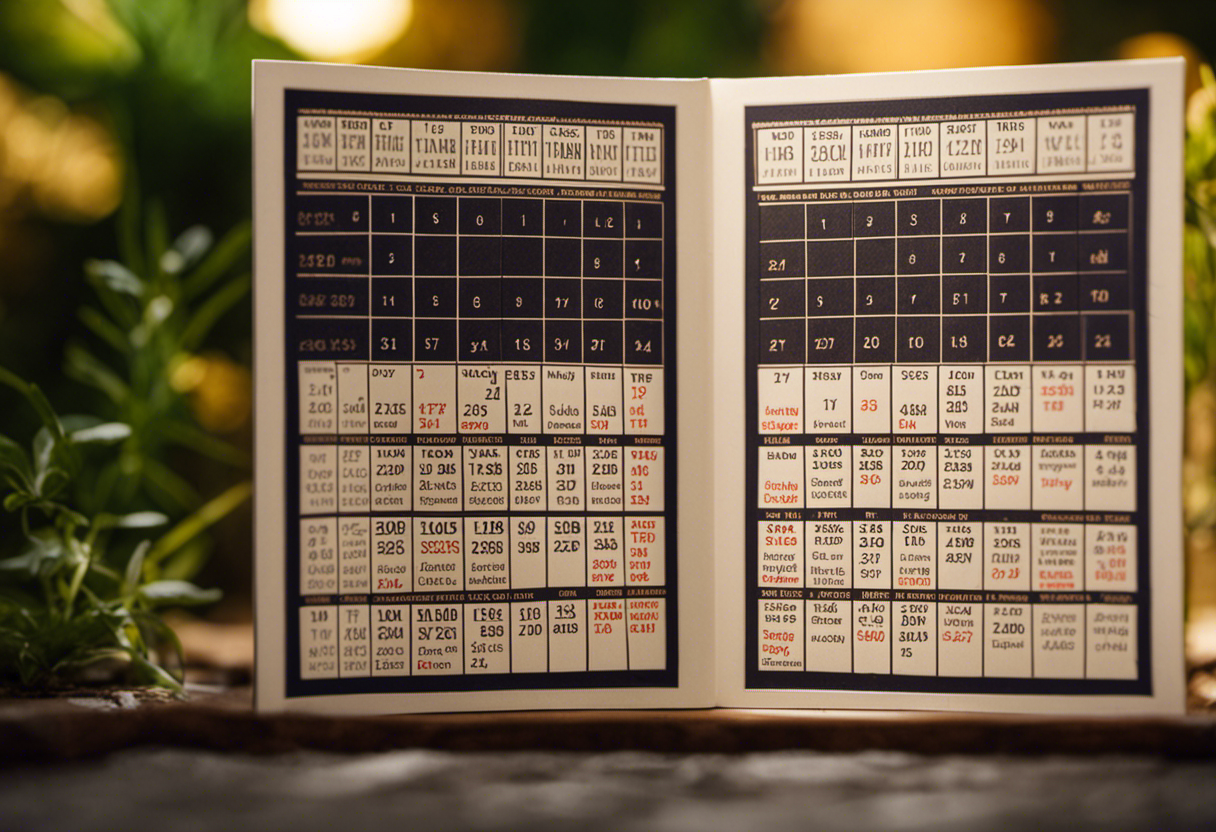

The Gregorian and French Republican calendars differ in their structure and origins, but both have had significant impacts on the societies in which they were used.
The French Republican calendar, also known as the French Revolutionary calendar, was implemented during the French Revolution in 1793 and was in use until 1806. It aimed to break away from the traditional Gregorian calendar and establish a new system based on the principles of the revolution. The Republican calendar had a decimal structure, with each month consisting of three ten-day weeks. This change had a profound cultural impact on French society, as it sought to eradicate religious and monarchical influences by replacing traditional holidays and saints’ days with new revolutionary celebrations and renaming months to reflect natural elements and agricultural activities.
In contrast, the Gregorian calendar was introduced by Pope Gregory XIII in 1582 as a modification of the Julian calendar. The primary historical reason behind the adoption of the Gregorian calendar was to correct the inaccuracies of the Julian calendar, which had caused the date of the spring equinox to drift over the centuries. The Gregorian calendar introduced several changes, including the omission of certain leap years and the adjustment of the length of the year. Its adoption was primarily driven by the desire to align the calendar with religious events, particularly Easter, and to facilitate the practical aspects of timekeeping, such as agricultural activities and trade. The Gregorian calendar quickly gained international acceptance, replacing the Julian calendar in most countries. Its accurate calculation of the year’s length remains one of its most significant contributions to the field of chronology.
Converting Gregorian Dates to French Republican Dates


When converting Gregorian dates to French Republican dates, it is important to understand the differences in the two calendar systems and their corresponding calculations.
To convert Gregorian dates to French Republican dates, follow these steps:
- Determine the year in the French Republican calendar by subtracting 1792 from the Gregorian year.
- Divide the result by 4 and add 1. This accounts for the leap years in the French Republican calendar.
- Subtract the number of leap years that have occurred since the start of the French Republican calendar (1792) from the result.
- Convert the month from the Gregorian calendar to the corresponding month in the French Republican calendar using a conversion table.
- Determine the day by subtracting the number of days that have passed in the Gregorian year from the total number of days in the French Republican month.
- Adjust the day if necessary to account for the additional leap day added to the French Republican calendar every four years.
Converting Gregorian dates to French Republican dates is not only an exercise in mathematical calculation but also has historical significance and cultural impact.
It allows us to understand and appreciate the calendar system that was used during the French Revolution and its influence on the society and politics of that time. By converting dates, we can better comprehend historical events and their context within the French Republican calendar. This conversion also highlights the importance of calendars in shaping our perception of time and organizing our lives.
Converting French Republican Dates to Gregorian Dates
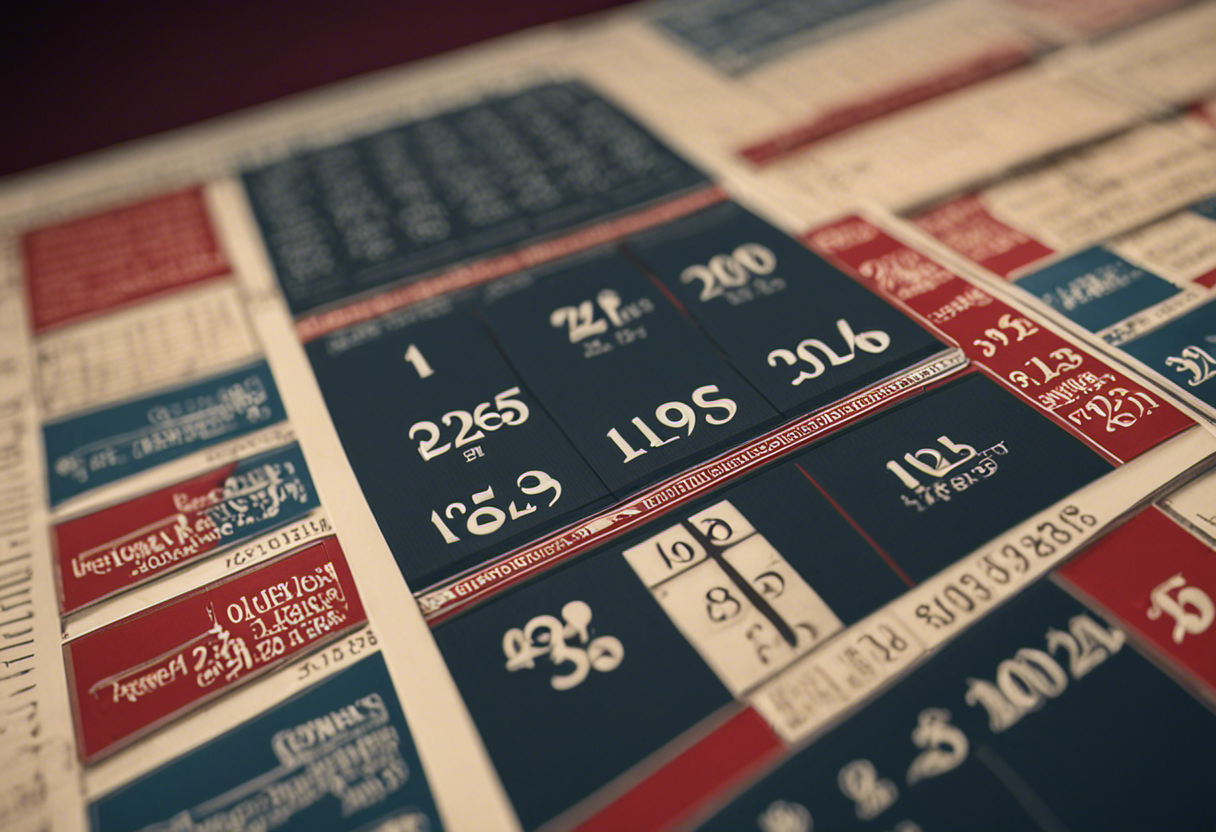

Converting French Republican Dates to Gregorian Dates involves the use of calculation methods to account for the differences between the two calendars.
The French Republican Calendar was in use from 1793 to 1806 and had a unique system of dividing time. However, due to the challenges in historical accuracy and the absence of leap years in the French Republican Calendar, converting dates can be complex and may require additional research and adjustments.
Calculation Methods for Conversion
To accurately convert French Republican dates to Gregorian dates, one must follow specific calculation methods. These methods ensure calculation accuracy and take into account the historical significance of both calendars. Here are three key calculation methods for converting French Republican dates to Gregorian dates:
- Determine the starting point: The French Republican calendar was implemented on September 22, 1792. To convert a French Republican date to a Gregorian date, subtract 18 days from the French Republican date to account for the shift in the starting point.
- Account for leap years: The French Republican calendar had a leap year every four years, similar to the Gregorian calendar. However, it also had a leap day every four years when the year was divisible by 4 but not by 100. To accurately convert, consider the leap years in both calendars.
- Adjust for months and days: The French Republican calendar had 12 months, each with 30 days. To convert, determine the corresponding month and day in the Gregorian calendar by using conversion tables or formulas.
Challenges in Historical Accuracy
Several challenges arise in ensuring historical accuracy when converting French Republican dates and coordinating them with Gregorian dates.
One of the main challenges is the interpretation of the historical documents themselves. The French Republican calendar was only in use for a short period of time, from 1793 to 1805, and its usage was mostly confined to France. As a result, the number of historical documents that reference dates in the French Republican calendar is limited. This scarcity of primary sources makes it difficult to accurately convert dates and determine their impact on historical events.
Furthermore, the French Republican calendar had a different structure and terminology than the Gregorian calendar, adding another layer of complexity to the conversion process.
These challenges highlight the importance of meticulous research and careful consideration when attempting to convert French Republican dates to Gregorian dates in order to maintain historical accuracy.
Challenges and Considerations in Converting Dates Between the Two Calendars
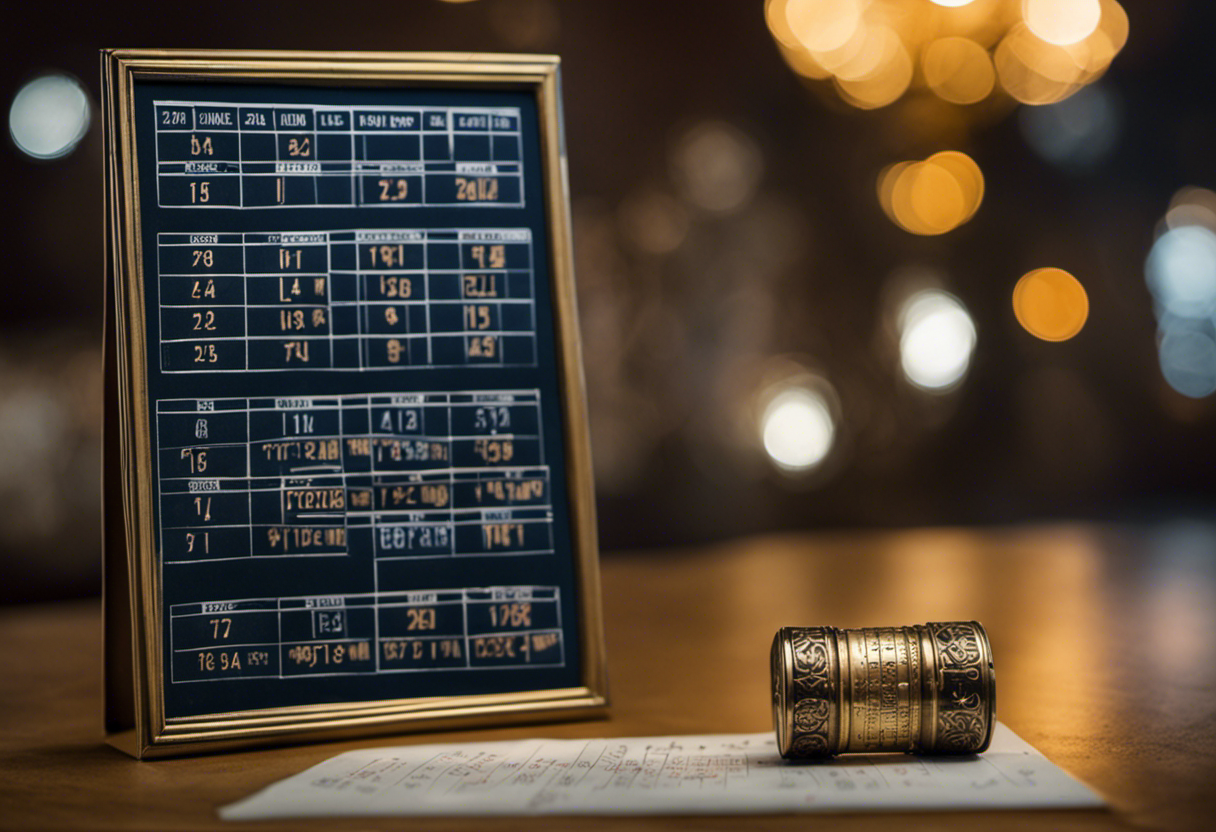

When dealing with the conversion of dates between the Gregorian and French Republican calendars, one must take into account the unique challenges and considerations inherent in the process.
The transition from the Gregorian calendar, which is widely used today, to the French Republican calendar, which was used during the French Revolution, poses several difficulties. Here are some of the challenges and considerations to be aware of:
- Different Year Start: The Gregorian calendar starts the year on January 1st, while the French Republican calendar starts the year on the autumnal equinox. This difference in the start of the year can lead to confusion and errors when converting dates.
- Varying Length of Months: In the Gregorian calendar, the length of each month is fixed, whereas in the French Republican calendar, the months have varying lengths. This variation makes it necessary to calculate the exact number of days in each month when converting dates.
- Leap Years: The Gregorian calendar has a leap year every four years, except for years divisible by 100 but not by 400. In contrast, the French Republican calendar had a leap year every four years, with an extra leap year added at the end of each century. Managing these differences in leap years is crucial for accurate date conversion.
Converting dates between the Gregorian and French Republican calendars requires careful attention to these considerations and challenges to ensure accuracy and avoid confusion in historical records and research.
Tips and Tricks for Accurate and Efficient Date Conversion


When converting dates between the Gregorian and French Republican calendars, there are common pitfalls to be aware of to ensure accuracy.
For instance, the differences in the number of days in each month and the leap year rules can lead to errors if not properly accounted for.
Additionally, employing time-saving techniques such as using conversion tables or utilizing software programs specifically designed for date conversion can greatly improve efficiency.
Common Conversion Pitfalls
One significant challenge in converting dates between the Gregorian and French Republican calendars is accurately accounting for the variations in month lengths. The Gregorian calendar follows a system where most months have 30 or 31 days, with February having 28 days, and in leap years, 29 days.
On the other hand, the French Republican calendar consists of 12 months, each with 30 days, and an additional 5 or 6 days at the end of the year.
To ensure accurate conversion between the two calendars, it is important to consider the following common pitfalls:
- Forgetting to adjust for leap years in the Gregorian calendar.
- Overlooking the additional days at the end of the year in the French Republican calendar.
- Failing to account for the different starting points of each calendar.
Time-Saving Conversion Techniques
To expedite the process of converting dates between the Gregorian and French Republican calendars, it is essential to employ time-saving conversion techniques that ensure accurate and efficient results. Proper time management plays a crucial role in achieving this objective.
One effective technique is to utilize online conversion tools specifically designed for this purpose. These tools can instantly convert dates between the two calendars, saving significant time and effort.
Additionally, familiarizing oneself with the historical significance of the French Republican calendar can also contribute to efficient date conversion. Understanding the unique structure and naming conventions of this calendar system allows for quicker identification and conversion of dates.
Conclusion
In conclusion, understanding the historical background and differences between the Gregorian and French Republican calendars is essential for accurately converting dates between the two systems.
While challenges and considerations may arise during the conversion process, employing tips and tricks can ensure efficient and accurate results.
By delving into the intricacies of these calendars, one can appreciate the complexity of timekeeping systems and the significance they hold in historical contexts.

